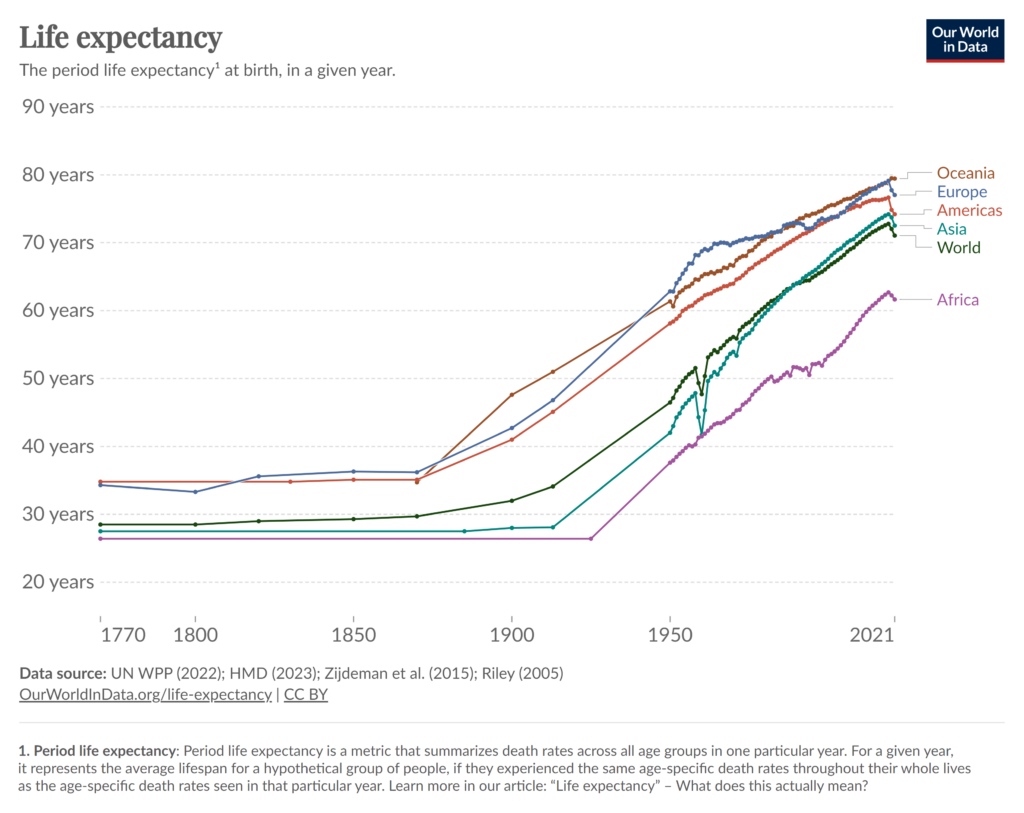In the world of metabolic health (healthy cholesterol levels, blood sugar balance, cognitive health, blood pressure and heart health), there’s a new approach in medicine that intends to put you on the right path earlier in life. Switching lifestyle habits before issues start to accumulate into symptoms is something called Medicine 3.0. This approach doesn’t just extend your life, it’s goal is to extend your Healthspan. Healthspan is defined as the years of your life where you are healthy and well, without any major symptoms of chronic disease. The following is Dr. Robertson’s take on Medicine 3.0 and how it can extend your healthspan and improve the quality of your life. Dr. Robertson is available for Metabolic Health assessment appointments and lab testing.
Medical school was always my back up plan if professional soccer never panned out (it never did). From a young age, I was interested in medicine but it wasn’t until my grandfather’s death that I became more serious about becoming a physician. My grandfather d passed away from a heart attack at the young age of 51, only 16 days before I was born. Because my grandfather died so young from a preventable disease, at the age of 16, my ambition became helping put an end to dying early of heart disease.
The Statistics
Heart disease remains the top killer of both men and women in the US, cancer being a close second. A staggering 1 in every 5 deaths in the US is a result of a heart attack. The average age of a first heart attack is 64 for men and 72 for women.
Those of you reading this aged 30-40 may think your risk is low because your doctor during your annual visit reported your “bad” cholesterol is only slightly high but not concerningly so. You are then sent on your way with the advice to eat better and exercise more. This is the standard, non-specific treatment plan that is resulting in the statistics I just mentioned above. If you desire to beat those statistics, I encourage you to read on!

Medicine 2.0
As longevity expert Dr. Peter Attia states in his new book, Outlive, The Science and Art of Longevity, we are leaving medicine 2.0 mindset and shifting into medicine 3.0. Modern medicine has made unprecedented advances in the last 100 years. Some advances include handwashing, antibiotics, trauma centers, heart surgeries, organ transplants and cancer therapies just to name a few of the lifesaving tools used today by Medicine 2.0.
Despite these advances, our chronic disease epidemic continues to worsen with no signs of slowing down. Heart attacks, strokes, cognitive decline, type 2 diabetes, and cancer are so common in our later years that most of us assume this is a normal part of aging. According to the CDC, 6 in 10 adults have one chronic disease and 4 in 10 have two or more.
In the last two decades, little if any improvements have been made in life expectancy. Life expectancy in the USA is averaging 77 years old, compared to the United Kingdom at 81 years, and Japan with average life expectancy of 84 years.

However, it is unwise to assume that all 77 years are lived in good health. That is where healthspan comes in. Healthspan is defined by the number of years a person can expect to live in good health, meaning free of chronic disease and other disabilities we have come to associate with aging. Using the healthspan metric the American Heart Association reports the US average healthspan is 66 years old. This means you can expect at least 10 or more years living to 77, but not thriving. Activities such as walking a flight of stairs, getting in and out of a car, carrying groceries, getting off the floor may all be tasks that now require assistance. It is also helpful to point out that the average age of retirement in the USA is 63 years old according to Forbes.com. That gives the average person three years to enjoy retirement in full functional health!

Keeping our number one killer heart disease as our example, medicine 3.0 is simply identifying and treating too late in the disease process.
Heart disease can go many years with no symptoms to speak of. It may take 50-70% blockage of the blood vessel feeding the heart before chest pain even starts! Most are not that lucky, as a heart attack is usually your first symptom of progressed disease.
“Atherosclerosis, the buildup of plague in the blood vessels, usually starts in the teens and 20s, and by the 30s we can see changes in most people,”
– cardiologist and professor at The University of Chicago Medicine.
This process is like other chronic diseases such as type 2 diabetes, cancer, or the cognitive decline seen in dementia. You don’t go to bed healthy and wake up the next day with cancer or type 2 diabetes. The biological processes have been quietly marching on for decades, until finally the body’s compensatory mechanisms begin to fail. Finally symptoms start to reveal themselves which led to a visit with a doctor. This is where modern medicine 2.0 kicks in. Unfortunately, our medical 2.0 tools in these situations are severely lacking and at best only delay and slow the already advanced process.
Medicine 3.0
Prevention is the closest we have to a cure, and this is the future and philosophy of Medicine 3.0. Again, I credit Dr. Peter Attia, MD for this term. Fortunately, many of the above chronic diseases share similar risk factors that increase an individual’s likelihood of developing them. The well-known risk factors are smoking, obesity, high blood pressure, high “bad” cholesterol, diabetes, pre-diabetes, and insulin resistance.
What is less known is that more than 30% of the US population has something called pre-diabetes, which means your average blood sugars are high, but not high enough to be labeled diabetes. Many with pre-diabetes go untreated and many do not even know they have it! This is especially bad because we know that pre-diabetes is a risk factor for diabetes, heart disease and even some cancers. Insulin resistance is the underlying driver of pre-diabetes and often obesity, bad cholesterol and maybe cancer as well.
Taking Action
The good news is that identified early, nearly all risk factors can be addressed and yield significant risk reduction in your later years. That is why testing insulin, managing blood sugars, checking inflammatory and genetic markers are foundational pillars of health. Ideally, we would start paying attention to these markers in your 30s or maybe even 20s, if a significant family history is present for any of the above. Regardless of your age, know that it’s never too late to start taking charge of your health.
The goal of medicine 3.0 is to extend your healthspan out so that more of your later years can be done navigating life with as much physical and mental function as possible. This is not anti-aging medicine; this is aging gracefully. This is not easy, it is intentional. It is never too late to start moving towards the Medicine 3.0 framework. I was thinking about it when I was a 16-year-old, but I just did not know what to call it. Today, I am here and ready to help anyone interested in sifting through all the noise of information out there and in navigating how to live a long and as high quality of life as possible.
